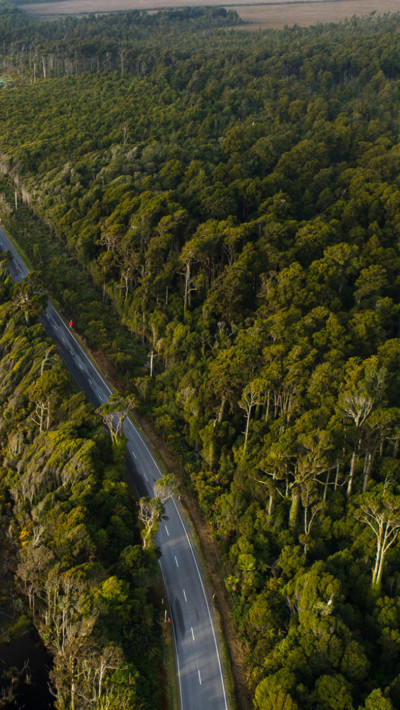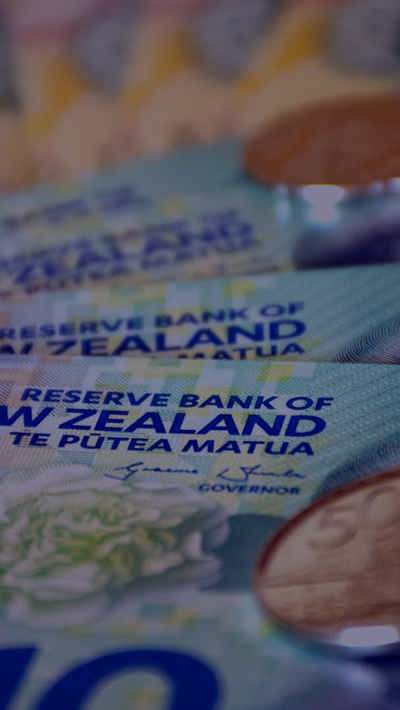Speak to our experts
Contents
Global sustainable debt markets are evolving rapidly, proving their worth as they respond to crises and allow investors to put their money into green and social initiatives.
New Zealand’s sustainable debt market is relatively new and lacks the scale of its international counterparts but is showing renewed promise and growth.
In 2020 we have seen new issuers enter the market, board-level interest in engagement, and investor appetite. We have also seen home grown innovations and the application of impact investment to address New Zealand needs on a community scale.
This is the fourth instalment in our Finance Trends & Insights Series. Read our first three releases here:
3. Change the constant in the financial sector
Growth in NZX-listed and other benchmark bond issuances
After a slow patch through much of 2019, New Zealand’s market for sustainable bonds (also known as green, social and sustainability bonds, or GSS) has picked up the pace again.
Kāinga Ora issued New Zealand’s first inflation-indexed sustainable bond this year, for $300m. The bond has a 20-year maturity and provides returns that increase with inflation, delivering very long term financing to match Kāinga Ora’s housing portfolio and revenues. It is representative of the long-term commitment to sustainability and wellbeing taken by both investors and issuers in this space.
Then we had Mercury’s $200m seven-year NZX-listed green bond. That offer kicked off an impressive run, quickly joined by Meridian’s green programmatic certification and further green bonds from existing issuers Argosy and Auckland Council.
The $500m Auckland Council green bonds were issued with a 30-year term, pushing their debt profile nine years beyond even the New Zealand Government’s current longest dated bond of May 2041.
Increasing market innovation
Innovation is also expanding at a community level through impact investing. These tailored products allow local providers to fund social purposes with investment provided by those in the area who share their interests. They can be customised to strike the required investor balance between social outcomes and financial return.
A recent example has been the Community Finance ‘Community Bond’, to fund 118 Salvation Army houses for homeless families. This has attracted a diverse range of socially conscious investors, including the Generate KiwiSaver Scheme and Foundation North.
Internationally, the provision of new and expanded products has continued at pace over the last 12 months resulting in a range of “firsts”, including:
- record-breaking issuances of social and sustainability bonds, largely responding to the COVID-19 pandemic. This led Moody’s in August to increase its 2020 issuance forecast for these bonds from US$100b to US$150b, almost catching up with the more established green bond market (forecast at US$175b to US$225b for 2020)
- the first bonds aligned with ICMA’s sustainability-linked bond principles, with Suzeno, Novartis and Chanel all coming to market in September. These bonds directly incentivise the issuer to improve environmental, social and governance (ESG) performance by setting pre-agreed target results, failure to achieve which will result in an interest rate hike
- the first sustainability linked USPP issuance, by Sydney Airport in February 2020, with the coupon of a 20-year tranche linked to performance against sustainability metrics over time, and
- the first green convertible bonds in both Europe (Neoen followed by EDF’s EU$4bn “jumbo” green convertible bond) and Hong Kong (Link REIT’s HK$4b green convertible bonds).
Regulation
New Zealand regulators have taken a cautious approach to the regulation of sustainable debt, focused mainly on ensuring investors are not misled as to the sustainable characteristics of financial products.
It is safe to say further work remains to develop an accepted market practice that does not unnecessarily deter new issuers, while satisfying regulator concerns.
A Green Bond Standard being developed in the EU for implementation in 2021 should help by providing a common language of green and sustainable concepts, which should assist investors to understand and compare products.
These measures are explicitly designed to facilitate sustainable investment and we hope that a similar stance will be adopted here in the future.
Meanwhile, we are observing an increasing engagement by boards with ESG reporting, a rising prospect of litigation for lack of climate risk disclosure, including a recent challenge against the Australian Government in relation to their bonds, and the express inclusion of ESG considerations by the ratings agencies into their rating models.
Specific requirements for climate change risk reporting on a ‘comply or explain’ basis were announced in September this year. See our commentary here.
Although many of the financial effects of climate change are expected to emerge over a longer horizon than the five to seven years that is still typical in the bond market, ESG concerns play a much bigger role for longer dated issuances. ESG transition risks, such as increases in carbon prices, can also impact businesses in the near or medium term.
Where next?
New Zealand sustainable debt markets have been slow to gather momentum but are now breaking into a trot, which may become a gallop now that retail investors are starting to engage.
A number of our larger institutional investors also have a clear sustainability focus for at least part of their portfolio.
Private and government-led projects such as the Sustainable Finance Forum’s Roadmap for Action, Capital Markets 2029, and the Living Standards Framework are encouraging further innovation, and we are already seeing new platform development.
NZX’s green bond designations and wholesale debt market can provide a potential disclosure hub for larger issuers, and alternative markets (such as the expected establishment of Catalist) may provide a similar home for smaller sustainable bond offers.
Key considerations for…
New Zealand corporates and bond issuers
While it remains generally true that sustainable bonds are no cheaper to issue than standard bonds, sustainable debt investors can be attractive to issuers because of their long-term horizons and the diversity they provide – both of which can help increase funding certainty in difficult times.
The upcoming implementation of climate risk reporting, and increases in sustainability-focused funds and other investors, is likely to strengthen market pressure on issuers to consider sustainable debt as a format.
New formats such as sustainability-linked bonds (or bank loans) provide flexibility for different businesses to adopt an approach that works for them.

New Zealand investors
Investors should be clear they understand what sustainable bonds offer, and what they do not. The market for sustainable bonds is built on non-binding representations, where loss of a green label (whether because sufficient green projects to spend the money on could not be found, or because of non-compliance with the issuer’s framework) does not cause a default in the bonds.
Investors should consider what projects have been identified for expenditure, the strength of the issuer’s framework, the quality of external review and certification, and broader issuer and ESG considerations.
Investors should also understand what issuer behaviour they wish to drive. Are they seeking to support a business that undertakes green projects as part of business as usual, do they wish to directly support projects that may not have progressed without earmarked funding, or both? Are they focused on the quality of a project or is the broader ESG compliance of the business also a key metric? While any investment involves trade-offs, understanding these points will help to compare one from another.


































































































































